
Fichtelgebirge Museum: A Journey Through Time
Explore the Fichtelgebirge's rich history and culture at this regional museum in Wunsiedel, featuring exhibits from geology to folk art and active craft workshops.
The Fichtelgebirge Museum in Wunsiedel is a regional museum showcasing the rich history and culture of the Fichtelgebirge region in Bavaria, Germany. Housed in the historic Sigmund Wann Hospital, dating back to the 15th century, the museum's exhibits span from prehistory to the industrial age. Visitors can explore collections of minerals, mining artifacts, painted furniture, and folk art, gaining insights into the area's geology, industry, and cultural heritage. Active workshops featuring blacksmiths, potters, and pewterers offer a glimpse into traditional crafts. With its diverse exhibits and engaging displays, the Fichtelgebirge Museum provides a comprehensive and captivating experience for those seeking to understand the unique character of this fascinating region. The museum also hosts special exhibitions throughout the year, ensuring there's always something new to discover. Don't miss the opportunity to delve into the heart of the Fichtelgebirge's past and present.
A brief summary to Fichtelgebirge Museum
- Spitalhof 5, Wunsiedel, 95632, DE
- +49923280180
- Visit website
Local tips
- Visit the active workshops to see blacksmiths, potters, and pewterers demonstrate their traditional crafts.
- Check the museum's schedule for special exhibitions and events to enhance your visit.
- Combine your museum visit with a hike in the nearby Luisenburg Rock Labyrinth for a full day of exploration.
Getting There
-
Walking
From the Wunsiedel Marktplatz (main square), the Fichtelgebirge Museum is approximately a 5-10 minute walk. Head east towards the St. Georg Church, then continue onto Breite Strasse. Turn left onto Spitalhof. The museum will be on your left, housed within the historic Sigmund Wann Hospital complex.
-
Public Transport
The closest bus stop is Wunsiedel, Breite Str., which is served by local bus lines. From the bus stop, walk along Breite Strasse, then turn left onto Spitalhof. The museum will be on your left. A single bus fare within Wunsiedel typically costs around €2-3. Check local VGF (Verkehrsgemeinschaft Fichtelgebirge) schedules for the most up-to-date information.
-
Taxi/Ride-Share
A taxi or ride-share from anywhere in Wunsiedel city center to the Fichtelgebirge Museum will be a short ride, typically costing between €8-€12. Specify 'Fichtelgebirgsmuseum, Spitalhof 5' as your destination.
-
Parking
Limited parking is available directly at the Fichtelgebirge Museum. Additional parking can be found in the city center of Wunsiedel, a short walk away. Parking fees in the city center typically range from €1-2 per hour.
Discover more about Fichtelgebirge Museum
Iconic landmarks you can’t miss
Kaiserfelsen
3.6 km
Explore the majestic Kaiserfelsen within the Luisenburg Rock Labyrinth, a natural wonder offering stunning views and a journey through geological history in the heart of Bavaria.
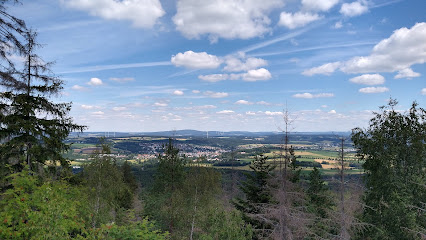
Epprechtstein
13.5 km
Discover Epprechtstein's breathtaking views and serene hiking trails, perfect for adventurers and nature lovers exploring Kirchenlamitz.
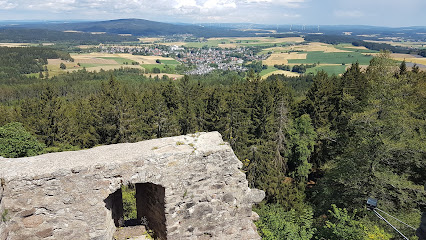
Steinwald
15.6 km
Discover the stunning Steinwald Mountain Range near Waldershof, Germany – a paradise for hikers and nature lovers alike!
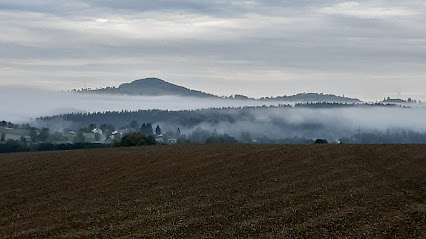
Großer Kornberg
16.0 km
Experience the breathtaking views and natural beauty at Großer Kornberg, a mountain peak perfect for hiking and relaxation in Martinlamitzer Forst-Nord.

Holzdrache
21.5 km
Explore the magical world of Holzdrache, where whimsical dragon sculptures and natural beauty come together in Mitterteich's enchanting landscape.
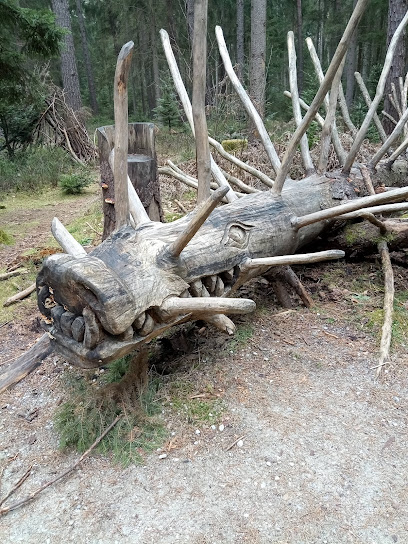
Hessenreuther Wald
24.3 km
Discover the serene beauty of Hessenreuther Wald, a national forest offering breathtaking landscapes and an escape into nature's tranquility.
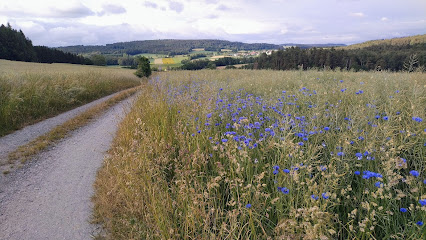
Falkenberg Castle
25.5 km
Explore the breathtaking Falkenberg Castle, a historical gem in Bavaria's Upper Palatinate Forest, offering rich history and stunning views.
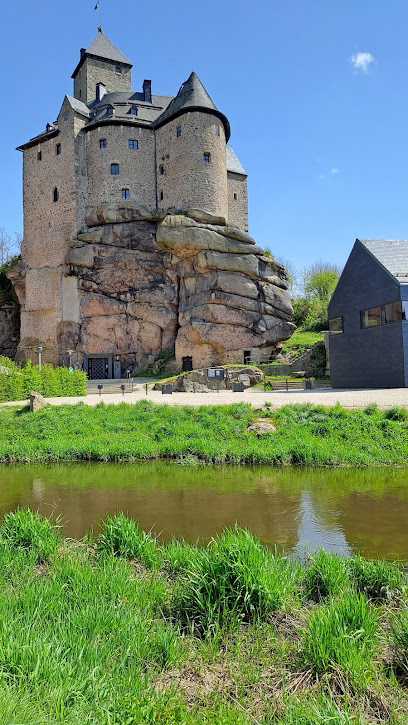
Burgstall Altneuhaus
26.7 km
Explore the enchanting ruins of Burgstall Altneuhaus in Falkenberg, a historical landmark offering serene landscapes and rich history.
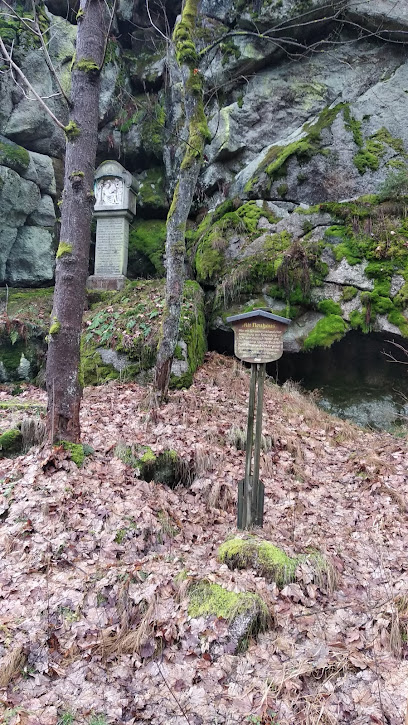
Felsenkeller
34.4 km
Explore the historical and cultural gem of Felsenkeller in Parkstein, offering breathtaking views and an enriching experience for every traveler.
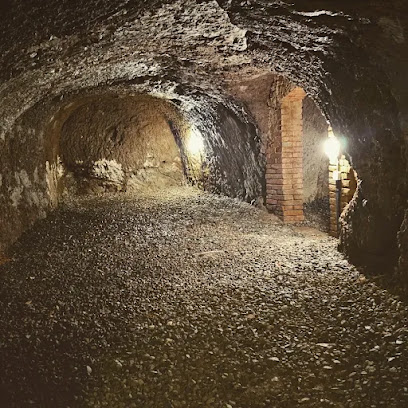
Döbraberg
37.0 km
Explore the natural beauty of Döbraberg Mountain, a hidden gem in Schwarzenbach am Wald, perfect for hiking and breathtaking panoramic views.
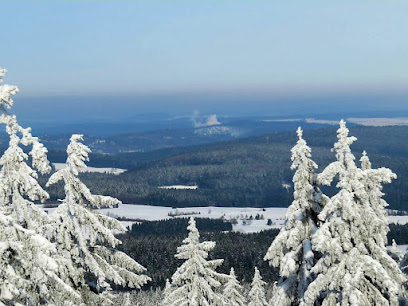
Leuzenhofer Wald
41.3 km
Explore the serene landscapes of Leuzenhofer Wald in Grafenwöhr, a perfect escape for nature enthusiasts and those seeking tranquility in Germany's beautiful woods.

Unteres Tor (lower gate tower)
41.9 km
Explore the Unteres Tor in Weiden, a historic gate offering a glimpse into the city's medieval past and a perfect starting point for discovering the charm of the Oberpfalz region.
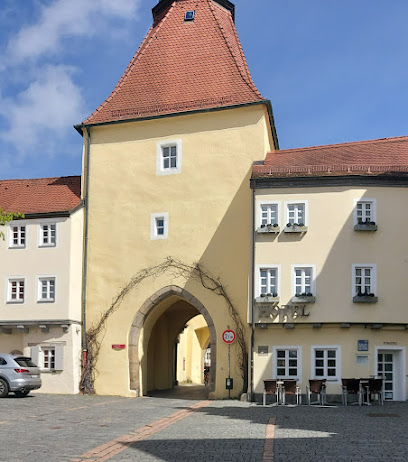
Franconian Forest
42.5 km
Discover Bavaria's Green Crown: Explore the Franconian Forest's hiking trails, cultural heritage, and picturesque landscapes for an unforgettable nature escape.
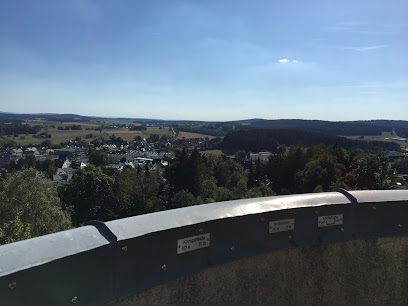
Poštovní sloup
43.6 km
Explore the captivating Poštovní sloup in Oelsnitz, a remarkable sculpture that embodies local history and artistry amidst picturesque surroundings.
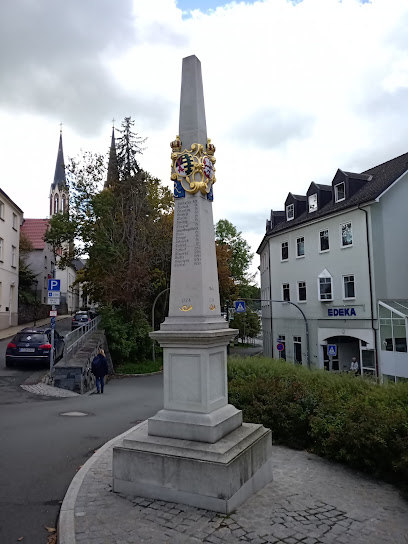
Triangulationssäule Schöneck
48.4 km
Explore the Triangulationssäule in Schönneck, a historical landmark offering breathtaking views and a glimpse into the region's surveying history.
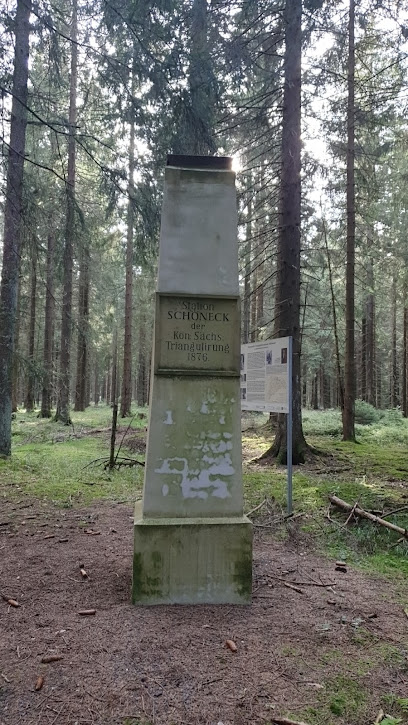
Unmissable attractions to see
Sigmund-Wann-Brunnen
0.1 km
Experience the serene beauty of Sigmund-Wann-Brunnen, a stunning fountain in Wunsiedel that invites relaxation and reflection amidst nature's charm.

Fichtelgebirge Nature Park - Administration
0.2 km
Discover the peaceful beauty of Fichtelgebirge Nature Park, a natural gem in Bavaria, ideal for hiking, wildlife watching, and enjoying the great outdoors.
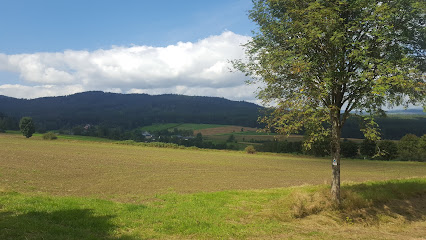
Fichtelgebirgsbrunnen
0.2 km
Experience the serene beauty of Fichtelgebirgsbrunnen, a tranquil tourist attraction in Wunsiedel, perfect for nature lovers and adventurers alike.
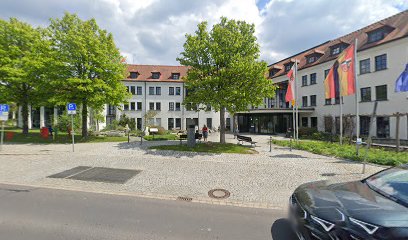
Brunnen am Luitpoldplatz
0.2 km
Discover the serene beauty of Brunnen am Luitpoldplatz, a historical fountain and tranquil oasis in the heart of Wunsiedel, Bavaria.

Gabelmannsbrunnen
0.3 km
Discover the enchanting Gabelmannsbrunnen in Wunsiedel, a historic fountain that reflects the city’s rich culture and artistry.
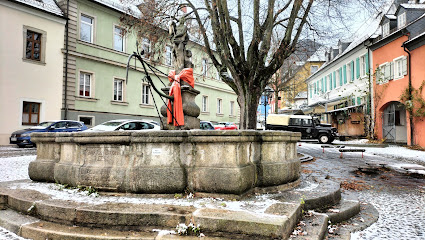
Falknerei Greifvogel Park
0.8 km
Experience the thrill of majestic birds of prey at Falknerei Greifvogel Park, a unique attraction in the heart of Wunsiedel, Germany.
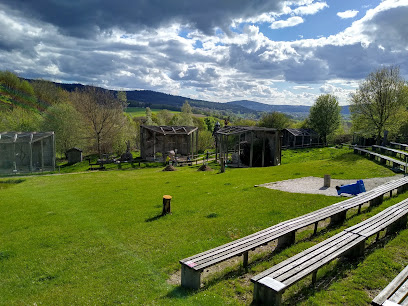
Kneippanlage
2.7 km
Experience the tranquility and rejuvenating power of nature at the Kneippanlage, a unique wellness destination in Bad Alexandersbad.
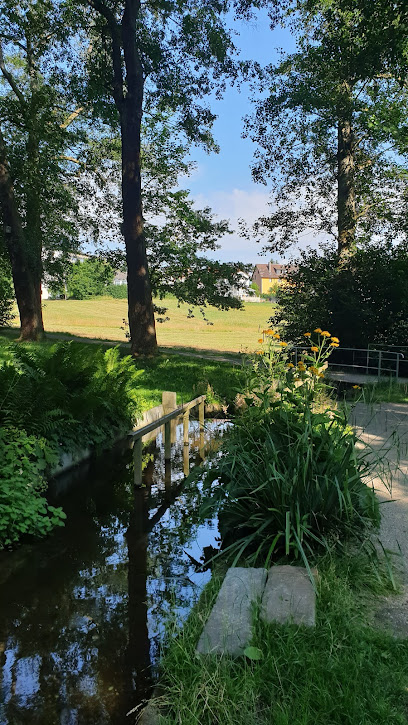
Luisenquelle
2.7 km
Discover the serene beauty and historical significance of Luisenquelle in Bad Alexandersbad, a perfect destination for hiking and exploration.
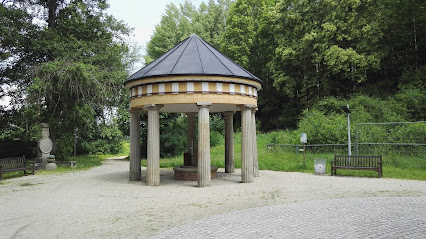
Zeitelmoos
2.8 km
Experience the serene beauty of Zeitelmoos, a nature preserve in Wunsiedel, offering stunning landscapes, hiking trails, and a rich biodiversity.
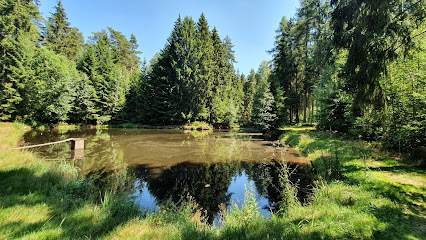
Luisenburg-Festspiele
3.2 km
Experience Germany's oldest open-air theatre, Luisenburg Festspiele, nestled in the Fichtelgebirge's stunning rock labyrinth, offering a unique blend of culture and nature since 1890.
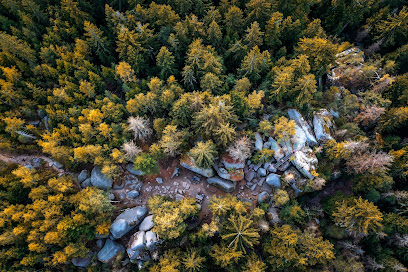
Die legendäre Ampel
3.2 km
Explore the Legendary Ampel in Wunsiedel, a captivating tourist attraction rich in history and local culture, perfect for photography and leisurely strolls.
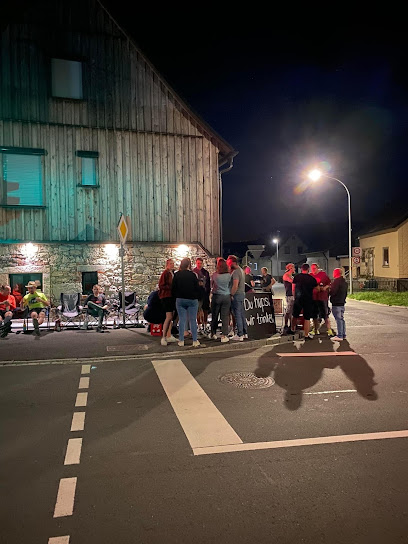
Luisenburg Felsenlabyrinth
3.3 km
Discover the magical Luisenburg Felsenlabyrinth in Wunsiedel, Germany, where nature's artistry and adventure await amidst stunning rock formations.
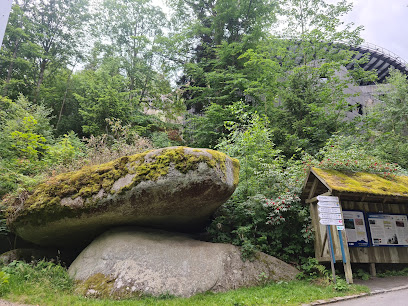
Bundeskreuz
3.4 km
Experience the breathtaking beauty and cultural heritage of Bundeskreuz in Wunsiedel, a must-visit tourist attraction in Germany.
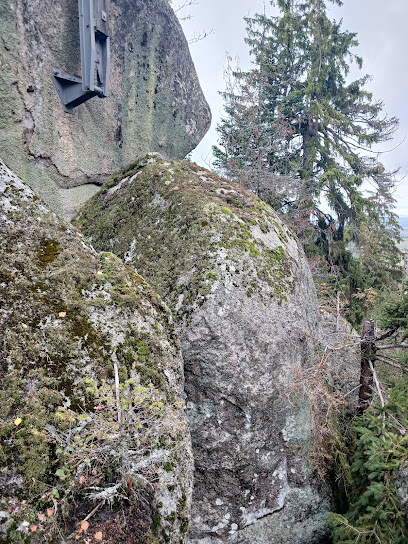
Kleines Labyrinth
4.1 km
Explore the magical Kleines Labyrinth in Wunsiedel, where nature meets adventure in a delightful maze experience.
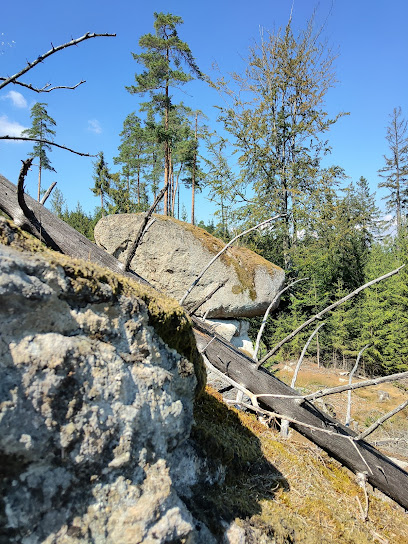
Großer Habersteinfelsen
4.4 km
Discover the breathtaking landscapes and invigorating trails of Großer Habersteinfelsen, a must-visit hiking area in Tröstauer Forst-Ost, Germany.
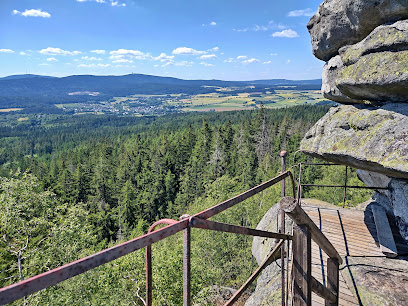
Essential places to dine
Pension Schweizerhaus
2.7 km
Discover culinary delights and cozy accommodations at Pension Schweizerhaus in Bad Alexandersbad – your perfect getaway.

Wirtshaus im Gut
4.6 km
Experience authentic German cuisine at Wirtshaus im Gut in Wunsiedel—where tradition meets flavor in a cozy atmosphere.
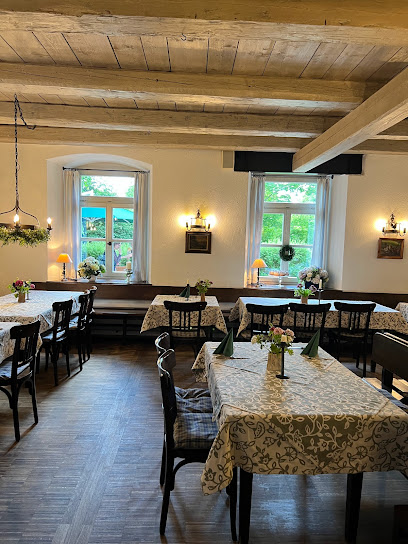
Das Kösseinehaus
5.9 km
Discover Das Kösseinehaus: A hidden gem in Wunsiedel offering delightful German cuisine and cozy guest accommodations amidst breathtaking scenery.
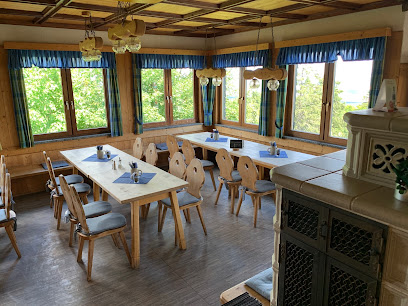
Brauhaus Waldershof
8.0 km
Discover authentic Bavarian flavors at Brauhaus Waldershof, where tradition meets taste in a cozy gastropub setting.
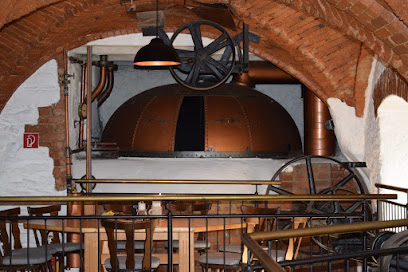
Restaurant MUSEO
11.5 km
Experience the best of Italian and German cuisine at Restaurant MUSEO in Fichtelberg – where every meal is a celebration of flavors.

Eulenstube Fichtelgebirge
12.1 km
Discover Eulenstube Fichtelgebirge: Where authentic German cuisine meets stunning natural beauty in an inviting beer garden setting.
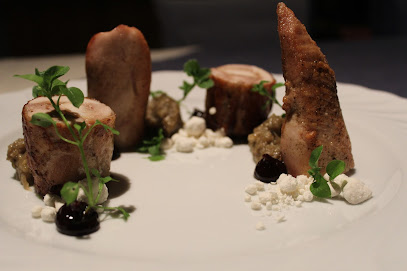
Wirtshaus zur Bleaml Alm
12.2 km
Discover traditional German flavors at Wirtshaus zur Bleaml Alm in Fichtelberg – where great food meets stunning mountain views.
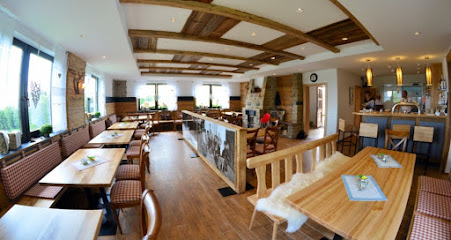
Waldhaus im Steinwald
16.0 km
Discover serenity at Waldhaus im Steinwald: A picturesque beer garden surrounded by nature's beauty.
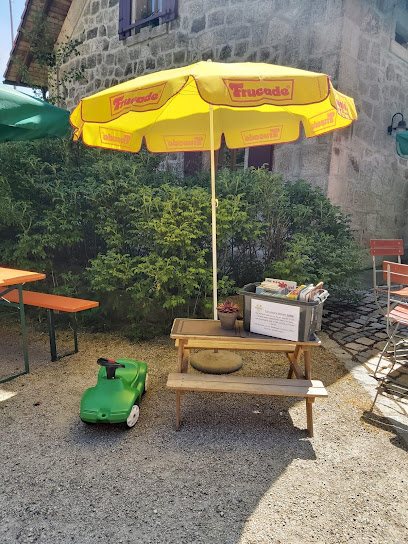
Gasthaus Zum Kouh-Lenzen
16.2 km
Discover authentic Bavarian flavors at Gasthaus Zum Kouh-Lenzen in Konnersreuth - where tradition meets hospitality.
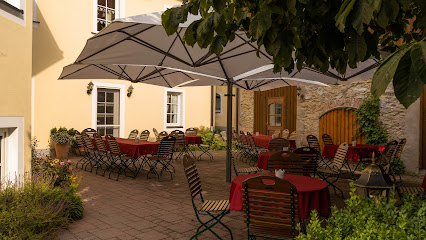
Stefflwirt
18.9 km
Discover delightful German cuisine at Stefflwirt gastropub in Wiesau – where tradition meets flavor.
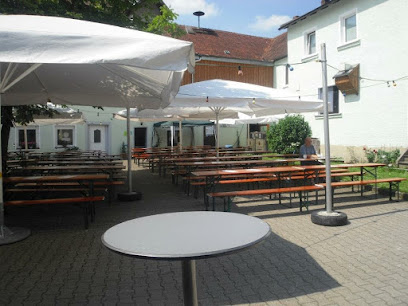
Grandlhof Zoigl
24.0 km
Savor authentic Bavarian cuisine at Grandlhof Zoigl in Krummennaab - where tradition meets taste in every delightful bite.
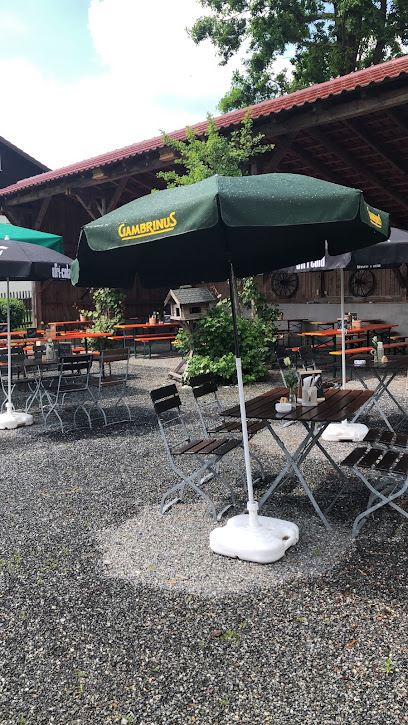
Hotel Fichtelgebirgshof Green Station - Himmelkron mit angeschlossenem Restaurant Franconia
27.4 km
Discover comfort and culinary delights at Hotel Fichtelgebirgshof in Himmelkron - your gateway to Franconian hospitality.

Pizzeria Restaurant Franconia am See
27.4 km
Discover the perfect blend of Italian and Franconian cuisine at Pizzeria Restaurant Franconia am See in Himmelkron.
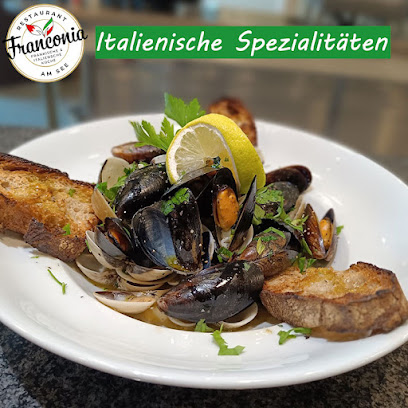
Beim Gloser
28.4 km
Discover authentic Bavarian flavors at Beim Gloser Beer Garden in Windischeschenbach – a delightful retreat for tourists seeking relaxation and local cuisine.
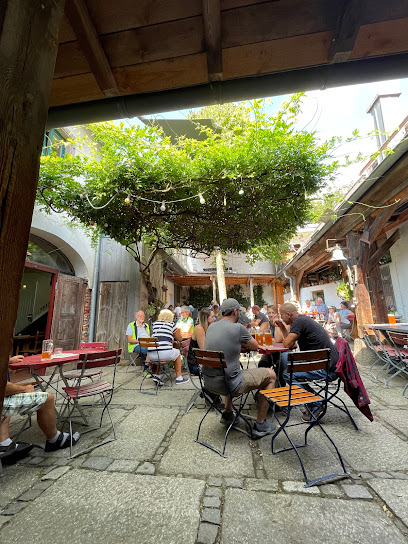
Kleine Kappl
31.2 km
Discover Kleine Kappl in Bad Neualbenreuth: A charming restaurant offering authentic Bavarian cuisine in a cozy inn setting.
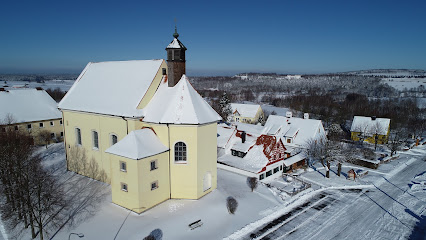
Markets, malls and hidden boutiques
CBD Nice
0.0 km
Explore the soothing world of CBD at CBD Nice in Wunsiedel, where wellness meets local charm and quality products await.
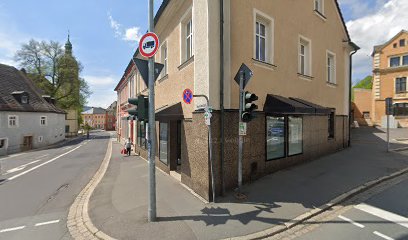
Buchhandlung Kohler GmbH
0.1 km
Explore the enchanting Buchhandlung Kohler GmbH in Wunsiedel, a treasure trove of books and stationery for every traveler and literature lover.
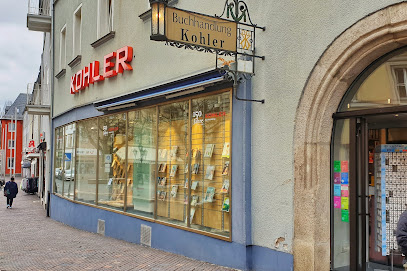
NKD
0.1 km
Explore NKD in Wunsiedel for trendy clothing for the whole family, blending style, comfort, and affordability in a welcoming shopping experience.
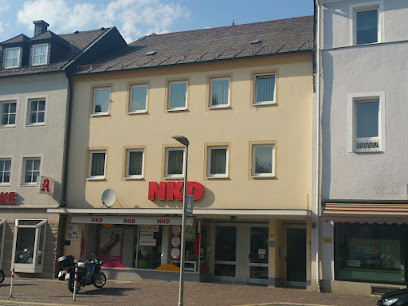
Blumen Moczigemba
0.2 km
Discover the enchanting world of Blumen Moczigemba in Wunsiedel, where exquisite flowers and thoughtful gift baskets await every visitor.
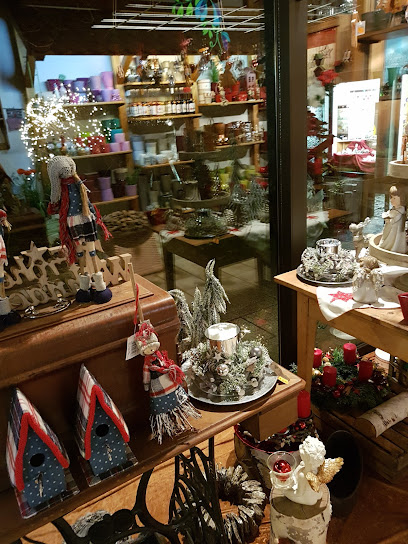
Parfümerie Och GmbH
0.2 km
Explore exquisite perfumes and beauty products at Parfümerie Och GmbH in Wunsiedel, a fragrance haven for tourists and locals alike.

Der besondere Kinderladen
0.2 km
Explore Der besondere Kinderladen in Wunsiedel for unique toys and educational materials that inspire creativity and joy in children of all ages.
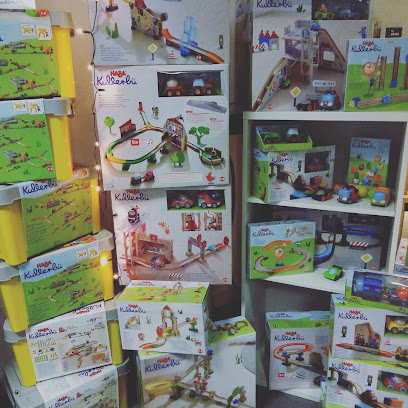
Der besondere Laden für Dich
0.2 km
Explore unique gifts and local treasures at Der besondere Laden für Dich in Wunsiedel, where every item tells a story.
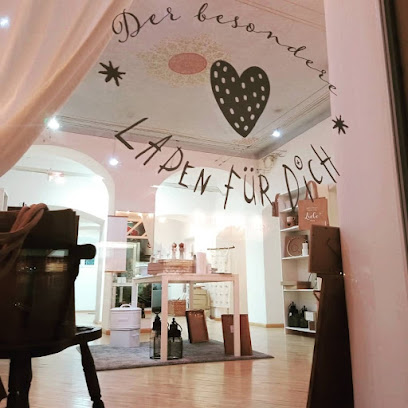
die Genussdealer
0.2 km
Explore the finest selection of wines and gourmet delicacies at die Genussdealer, Wunsiedel's charming wine store and deli.
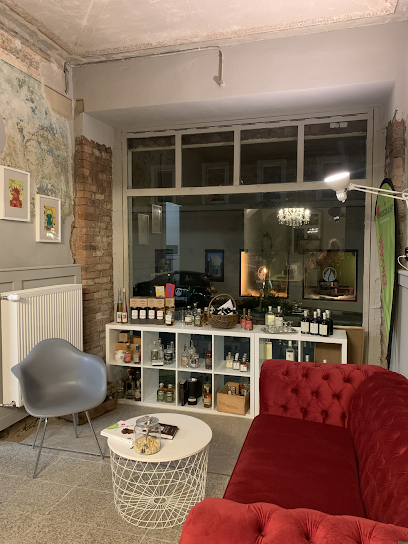
Urban Tableware
0.2 km
Explore innovative design at Urban Tableware in Wunsiedel, a vibrant showroom and coworking space that sparks creativity and collaboration.
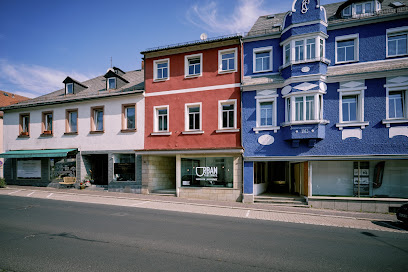
Ladenburger Optik Schmuck Uhren
0.3 km
Discover exquisite jewelry and expert optical services at Ladenburger Optik in Wunsiedel - a must-visit for discerning travelers.
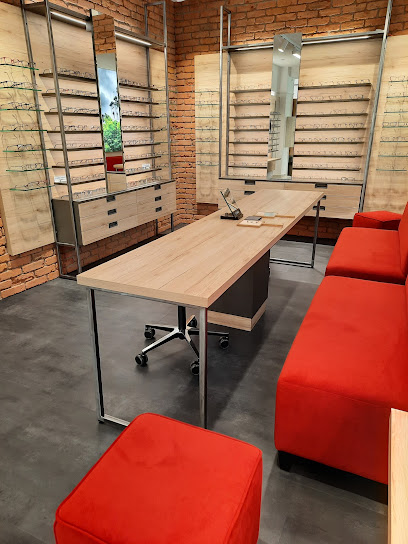
... nicht nur Olivenöl
0.3 km
Explore authentic Italian flavors at Lucinasco, the premier Italian grocery store in Wunsiedel, offering exquisite olive oils, pasta, and culinary delights.
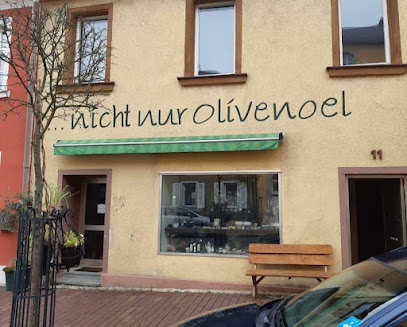
Weinhandel Fronkreisch
0.5 km
Explore a diverse selection of exquisite wines at Weinhandel Fronkreisch in charming Wunsiedel, Germany.
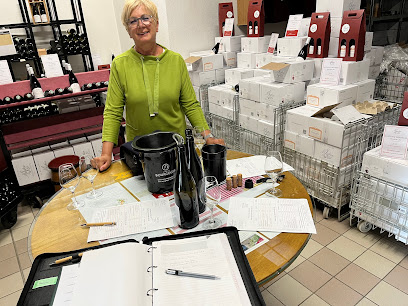
NORMA Filiale
0.5 km
Discover unbeatable prices and a wide range of products at NORMA Filiale, Wunsiedel's favorite discount supermarket for savvy travelers.
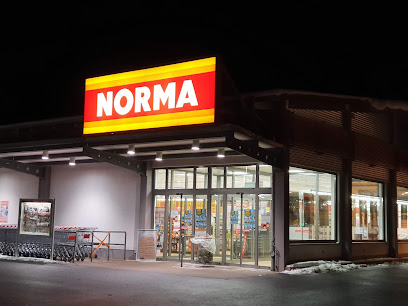
AWG Mode Center Wunsiedel
0.5 km
Explore AWG Mode Center Wunsiedel for an extensive collection of men's, women's, and children's fashion, offering styles for every occasion.
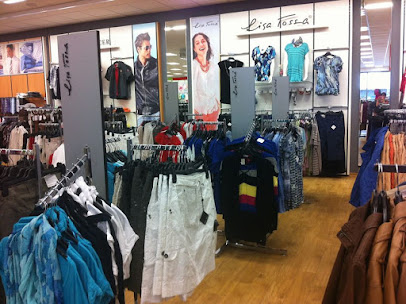
SPORT Stodl
0.6 km
Explore creativity at SPORT Stodl, Wunsiedel's premier custom t-shirt store offering personalized apparel and embroidery services.
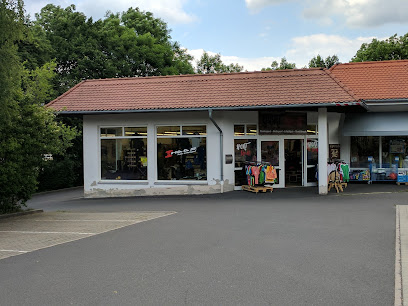
Essential bars & hidden hideouts
Zoiglmoos
0.1 km
Discover the heart of Bavarian culture at Zoiglmoos, a lively beer garden in Wunsiedel serving authentic local brews and delicious cuisine.
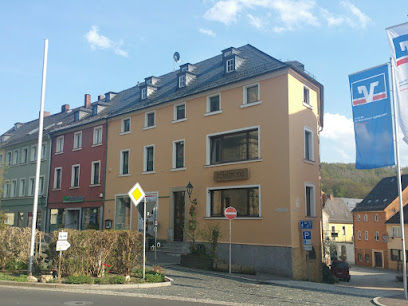
Zboro`s Bistro
0.2 km
Experience the local gastronomy at Zboro's Bistro, Wunsiedel's charming gastropub, where delicious meals and a cozy atmosphere await you.
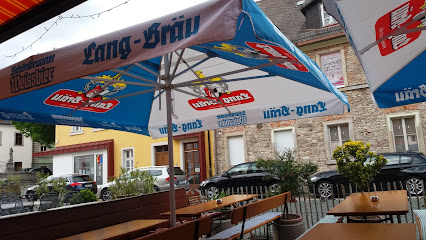
Andys Sportsbar
0.3 km
Discover the ultimate sports viewing experience at Andy's Sportsbar in Wunsiedel, where delicious food and thrilling games come together.
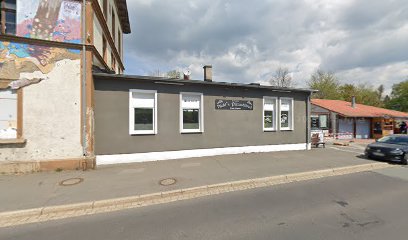
Buntmacher's Bar
0.5 km
Discover the charm of Buntmacher's Bar in Wunsiedel, where refreshing beers, live music, and a vibrant beer garden await you.
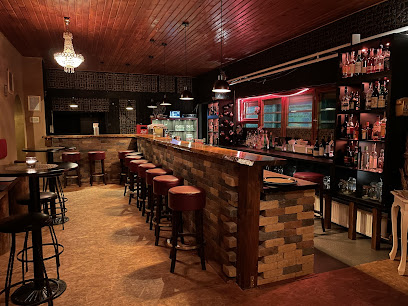
Luisenburg Resort
3.2 km
Experience the stunning natural beauty and vibrant dining scene at Luisenburg Resort, a gem in Wunsiedel, Germany.
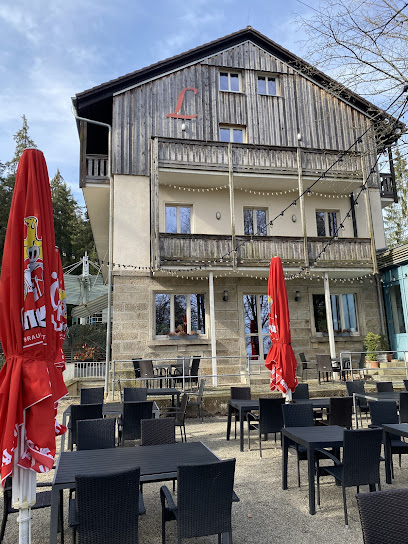
Dartstube DC Silberpfeil
5.6 km
Experience the essence of Tröstau's nightlife at Dartstube DC Silberpfeil, where cozy ambiance meets friendly service.

Zum Forsthaus
5.7 km
Experience Bavarian hospitality at Zum Forsthaus, a charming beer garden in Marktredwitz offering authentic German cuisine and local brews.
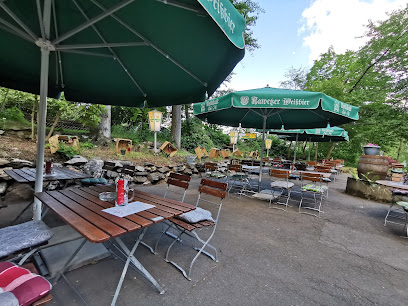
615 - Bar & Lounge
6.5 km
Discover the lively ambiance of 615 - Bar & Lounge in Marktredwitz, where cocktails and camaraderie come together for an unforgettable night out.
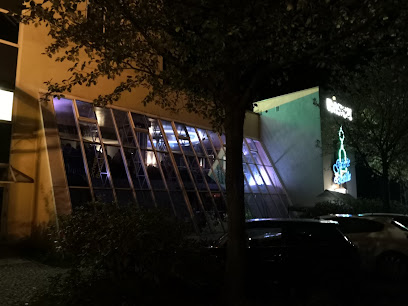
Meister Bär Hotel Fichtelgebirge
6.9 km
Discover the serene charm of Meister Bär Hotel Fichtelgebirge, where comfort meets European cuisine in a stunning natural setting.

Phönix Shisha Bar & Lounge
7.0 km
Discover the enchanting Phönix Shisha Bar & Lounge in Marktredwitz for a unique blend of relaxation, socializing, and delightful shisha experiences.
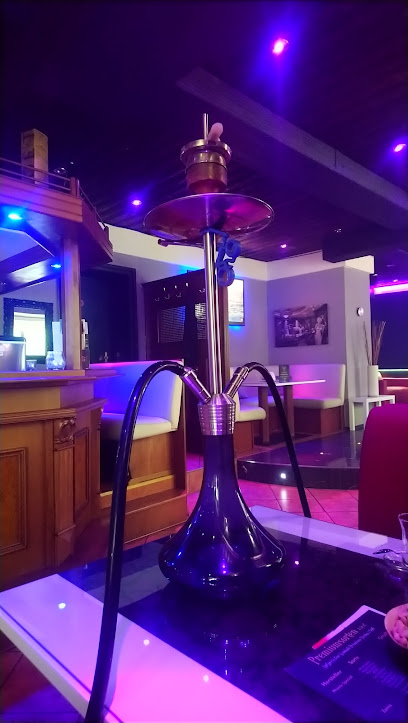
Thorn-Bar & Café
7.0 km
Discover Thorn-Bar & Café in Marktredwitz, where exceptional drinks meet a warm, inviting atmosphere for an unforgettable experience.
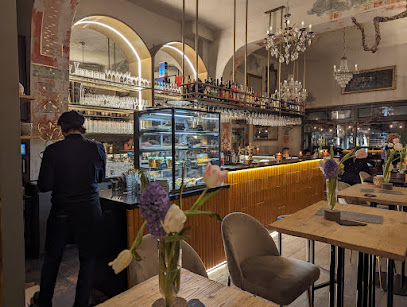
Purzelbaum
7.3 km
Experience the vibrant atmosphere of Purzelbaum, a premier bar in Marktredwitz, offering diverse drinks and a welcoming ambiance for all.
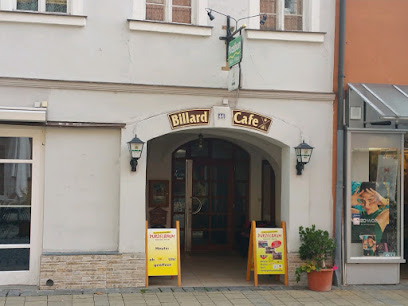
Schaffnerlos Musikbahnhof Bar
7.3 km
Experience the vibrant nightlife of Waldershof at Schaffnerlos Musikbahnhof Bar, where live music and friendly vibes create unforgettable moments.
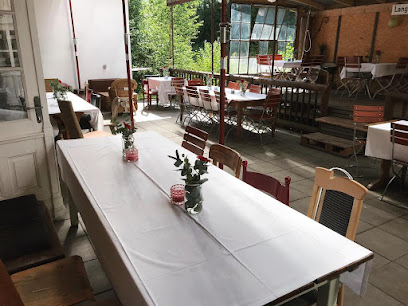
Hammerner Dorfkneipe
9.4 km
Discover the heart of Marktredwitz at Hammerner Dorfkneipe, a traditional German pub offering authentic fare and a warm, welcoming atmosphere.
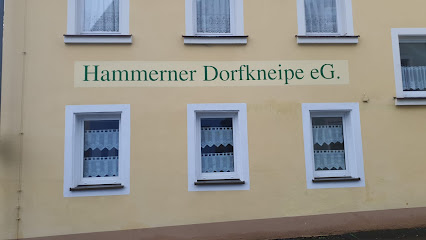
Gaststätte Turnhalle
10.4 km
Experience authentic German hospitality at Gaststätte Turnhalle, a charming bar in Marktredwitz, perfect for unwinding after exploring the region.




